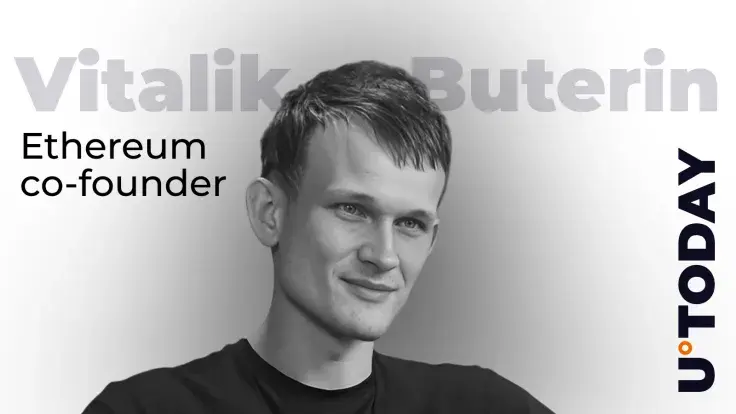
Disclaimer: The opinions expressed by our writers are their own and do not represent the views of U.Today. The financial and market information provided on U.Today is intended for informational purposes only. U.Today is not liable for any financial losses incurred while trading cryptocurrencies. Conduct your own research by contacting financial experts before making any investment decisions. We believe that all content is accurate as of the date of publication, but certain offers mentioned may no longer be available.
Vitalik Buterin, Ethereum founder, says the upcoming Fusaka upgrade will be a breakthrough for Ethereum (ETH) scaling and data availability. He made this known in a detailed explanation provided on his verified X handle. Through his post, Buterin highlighted the impact of the upgrade on the blockchain.
Fusaka upgrade introduces PeerDAS for Ethereum scaling
Notably, Fusaka will be powered by peer-to-peer Data Availability Sampling (PeerDAS). It introduces a new approach to node interaction. The nodes do not need to carry out a complete download to be confident that the data is available.
PeerDAS aims to address the increasing volume of data by avoiding downloads. Currently, for a blockchain to be secure, every node would need access to all block data. This slows the process, but with Fusaka leveraging PeerDAS, each node will only download a few random chunks of blocks.
It works on the assumption that if more than 50% of chunks are available across the network, then there is a high probability the entire block can be reconstructed. This allows nodes to safely verify blocks while saving on bandwidth and storage.
Vitalik Buterin, however, acknowledges that two cases require the full data of the block. These are for initial broadcasting when a block is first published and reconstruction, if a block publisher provides less than 100% of the data.
The Ethereum founder has advised caution as the technology is still novel, and developers are proceeding with care and testing along the way. Buterin assured that blob count will also increase gradually to avoid any risks.
Overall, Fusaka using PeerDAS will allow rollups and other layer-2s to scale and secure their data storage while maintaining functionality. As for Ethereum itself, once its capacity grows, execution data will move into blobs.
From Pectra to Fusaka for layer-2 growth
This is the next major step after a successful Pectra upgrade. Interestingly, Pectra has been hailed as being pivotal for on-chain usability. Jeremy Allaire, Circle CEO, values its utility for stablecoins like USDC, as it allows smart accounts to automate transactions and pay fees in stablecoins.
Vitalik Buterin has always been focused on improving functionality across Ethereum and its layer-2 networks. Pectra has been activated on Arbitrum, one of Ethereum’s L2 networks, making developer workflows more seamless. The Pectra upgrade is notable for doubling Ethereum blob throughput.
 Dan Burgin
Dan Burgin Vladislav Sopov
Vladislav Sopov U.Today Editorial Team
U.Today Editorial Team